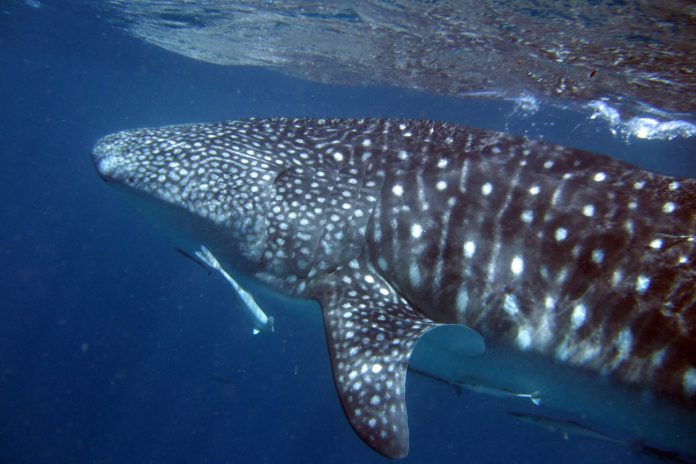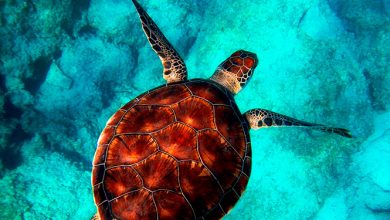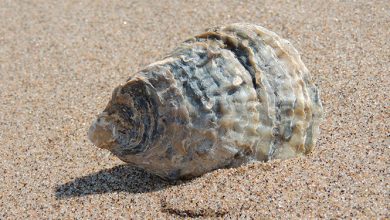The Dangers of Swimming with Whale Sharks…Wait, For Who?

Whale sharks are the largest fish in the ocean and a shark, not a whale. It is one of three types of sharks that eat by filtering water and they are known to aggregate to feed in certain locations where they swim peacefully while eating tiny creatures called plankton. Because of this, they have become an important tourist attraction around the world including Quintana Roo. These sharks are big animals, but they have tiny teeth and even though they do have a large mouth, it is not possible to be swallowed by a whale shark unless, you are a 2-5 cm long larvae, a tiny fish or a little shrimp. However, if there is any danger, we should know about it, shouldn’t we?
Elementos-GraficosYou may be surprised to know that the dangers of swimming with whale sharks may not be towards humans, but rather towards the shark. Swimmers, guides, boat captains and tour operators may pose a threat to these gentle giants when their activities are done irresponsibly. For example, touching can be hazardous to a whale shark, whether it’s because we think they are pets or by accidently swimming too close. Whale sharks have a layer of bacteria on their skin that protects their bodies from the environment, if we touch them, we remove this protective layer. Throwing trash in the ocean or using sunscreen before dipping in have an impact too. Why? Well, would you like to swallow plastic, cigarette butts or sunscreen when you eat? Touching, swimming too close, dropping swimmers right on the shark’s face, littering the ocean, or using non-biodegradable sunscreen are some examples of behavior that have a negative impact our beautiful whale shark aggregations.
Whale sharks are famous for their migrations, as they are not found all year-round in the same spots. To understand their migrations and the threats they may face during their travels, scientists from all over the world are studying them. In the Mexican Caribbean, we have our own expert, Rafael de la Parra who has been studying them. If you are interested in getting involved with the conservation of these sharks, please visit Rafael´s website www.choojajauil.org.mx.







